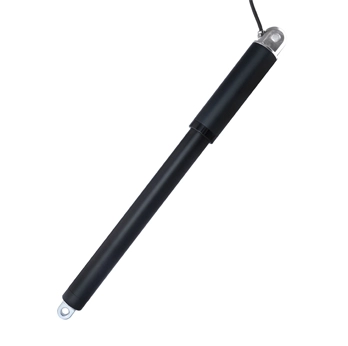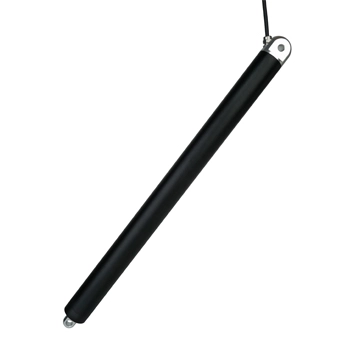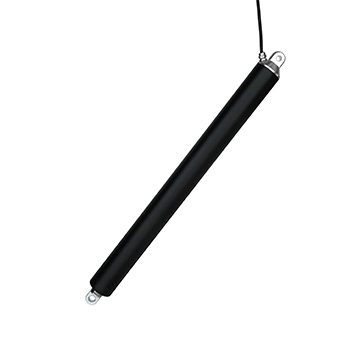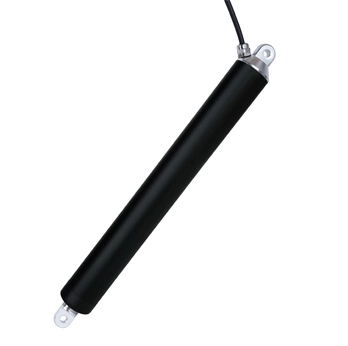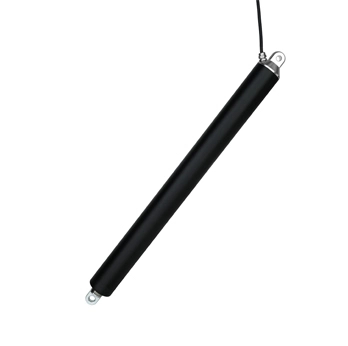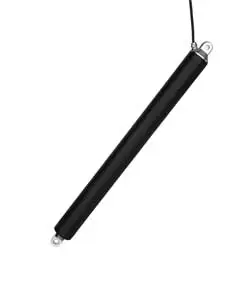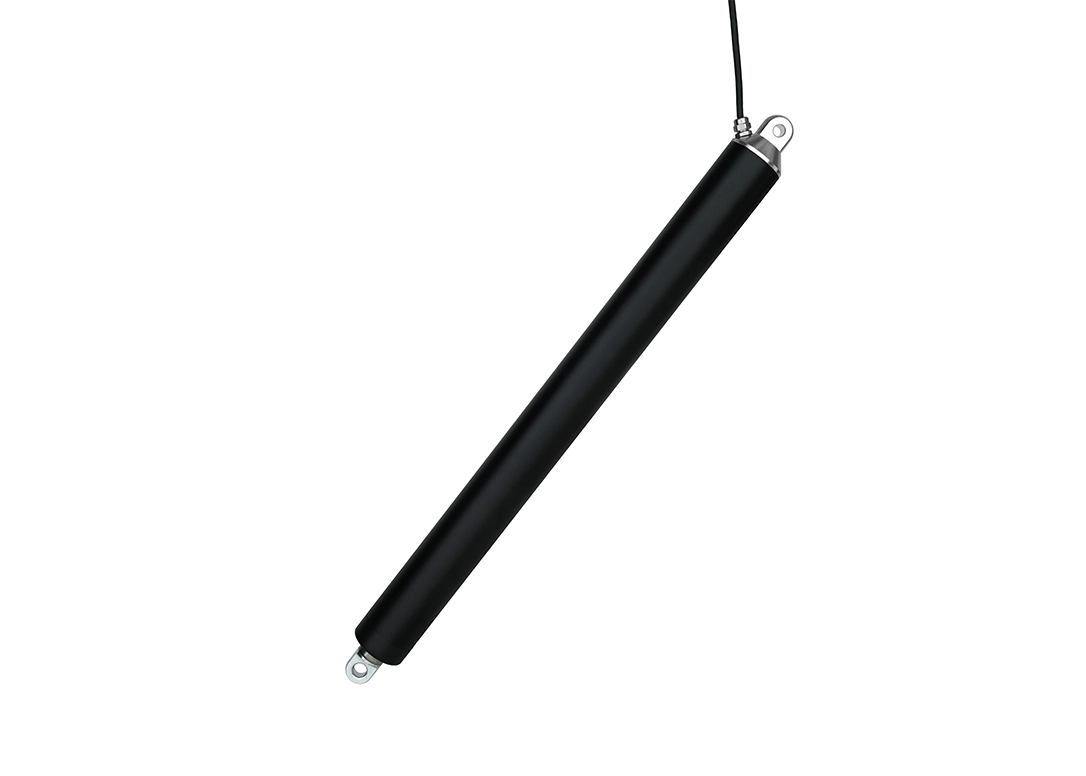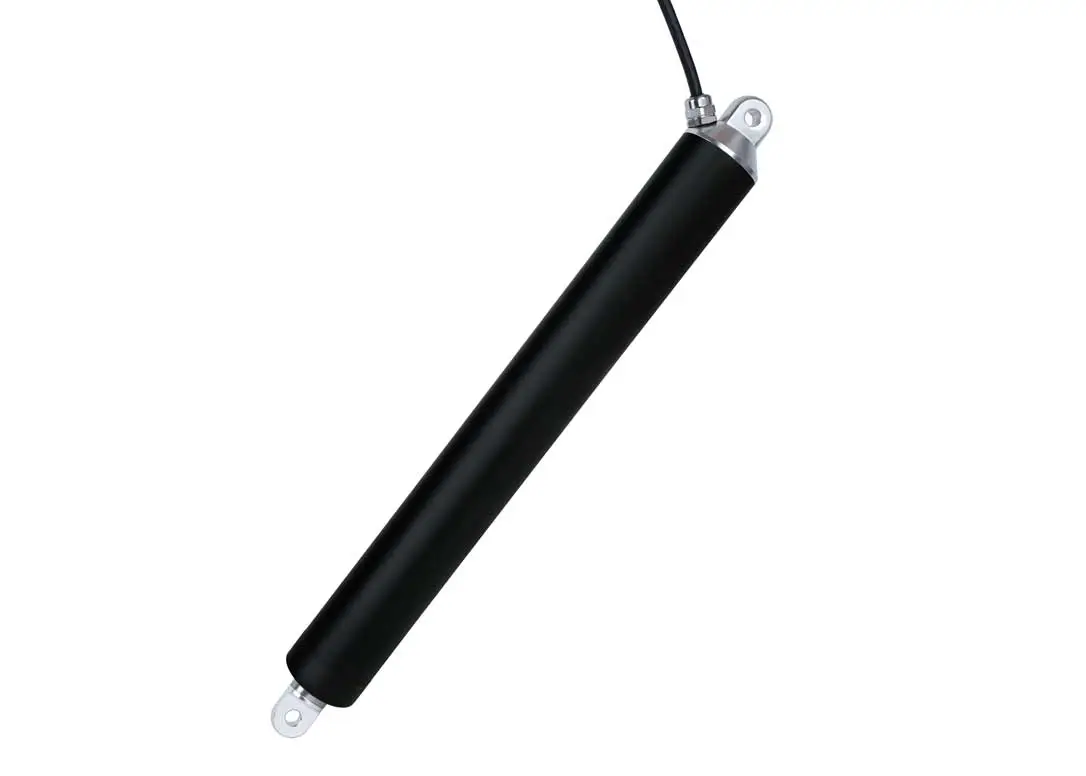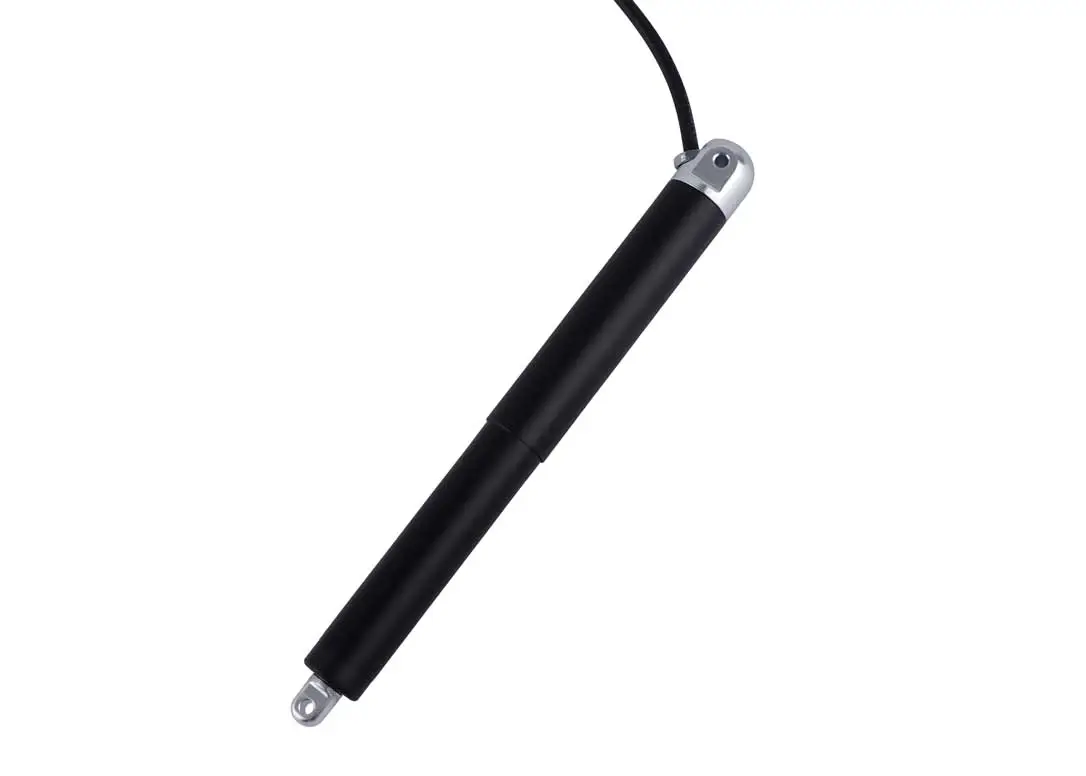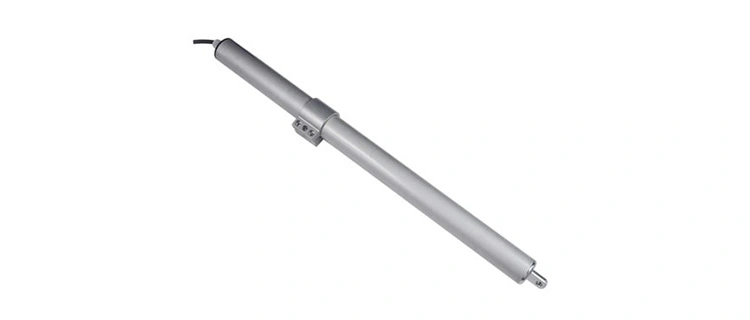Marine linear actuators are essential components in various marine applications, offering precise control over linear motion. From adjusting rudders to controlling hatches and doors, these actuators play a crucial role in ensuring the efficiency and safety of maritime operations. In this comprehensive guide, we will delve into the different types, advantages, applications, selection criteria, installation tips, maintenance, common problems, and future trends of marine linear actuators.
Introduction to Marine Linear Actuators
A Marine linear actuator is a mechanical device that converts energy into linear motion, facilitating the movement of various components aboard ships, boats, submarines, and other marine vessels. Unlike traditional hydraulic or pneumatic systems, marine linear actuators offer precise control and can operate efficiently even in harsh marine environments.
Types of Marine Linear Actuators
Hydraulic Actuators
Hydraulic marine linear actuators utilize fluid pressure to generate linear motion. They are known for their high force output and robust performance, making them suitable for heavy-duty applications such as stabilizer systems and cargo handling equipment.
Electric Actuators
Electric marine linear actuators rely on electric motors to drive linear motion. They are favored for their simplicity, reliability, and ease of integration with electronic control systems. Electric actuators are commonly used in applications requiring precise positioning, such as throttle and valve control.
Pneumatic Actuators
Pneumatic marine linear actuators utilize compressed air to produce linear motion. They are lightweight, compact, and offer fast response times, making them ideal for applications where rapid actuation is required, such as door and hatch operation.
Advantages of Marine Linear Actuators
Precise Control: Marine linear actuators offer precise control over linear motion, allowing for accurate positioning of various components.
Compact Design: Actuators are designed to be compact and lightweight, making them easy to install and integrate into existing systems.
Durability: Marine actuators are built to withstand harsh marine environments, featuring corrosion-resistant materials and robust construction.
Energy Efficiency: Electric actuators offer energy-efficient operation compared to hydraulic or pneumatic systems, reducing overall power consumption.
Applications of Marine Linear Actuators
Steering Systems: Marine linear actuators are used in steering systems to control the direction of the vessel, providing reliable maneuverability.
Hatch and Door Operation: Actuators facilitate the opening and closing of hatches, doors, and access panels onboard ships and boats.
Stabilizer Systems: Hydraulic actuators are employed in stabilizer systems to minimize vessel roll and enhance stability in rough seas.
Thrust Vectoring: Electric actuators are utilized in thrust vectoring systems to control the direction of propulsion for improved maneuverability.
Factors to Consider When Choosing Marine Linear Actuators
Environment
Consider the operating environment, including temperature, humidity, and exposure to saltwater, to select actuators with appropriate sealing and corrosion-resistant properties.
Force Requirements
Determine the force requirements based on the application, considering factors such as load capacity, speed, and duty cycle to ensure optimal performance.
Space Constraints
Evaluate space constraints onboard the vessel to select compact actuators that can be easily installed in confined areas without compromising functionality.
Power Source
Choose between hydraulic, electric, or pneumatic actuators based on power source availability, efficiency requirements, and compatibility with existing systems.
Installation and Maintenance Tips
Follow manufacturer guidelines for proper installation and alignment to ensure optimal performance and longevity.
Regularly inspect actuators for signs of wear, corrosion, or damage, and perform routine maintenance tasks such as lubrication and seal replacement as needed.
Keep actuators clean and free from debris to prevent interference with operation and maintain reliability.
Common Problems and Troubleshooting
Corrosion: Address corrosion issues promptly by applying protective coatings or replacing corroded components.
Fluid Leaks: Inspect hydraulic systems for leaks and repair or replace damaged seals or fittings to prevent fluid loss.
Electrical Malfunctions: Troubleshoot electrical issues such as faulty wiring or motor failures by testing components and connections systematically.
Mechanical Failures: Identify and replace worn or damaged mechanical components such as gears, bearings, or linkages to restore functionality.
Marine linear actuators play a crucial role in various maritime applications, offering precise control, durability, and reliability. By understanding the different types, advantages, applications, selection criteria, installation tips, maintenance, common problems, and future trends of marine linear actuators, shipbuilders, operators, and marine engineers can make informed decisions to ensure efficient and safe vessel operation.
FAQs
What are the primary types of marine linear actuators?
How do marine linear actuators differ from traditional hydraulic or pneumatic systems?
What factors should be considered when selecting marine linear actuators?
Factors such as environment, force requirements, space constraints, and power source compatibility should be considered when selecting marine linear actuators.
What are some common maintenance tasks for marine linear actuators?
What are the future trends in marine linear actuators?
Future trends include advancements in materials, design, and technology to enhance performance, efficiency, and reliability.
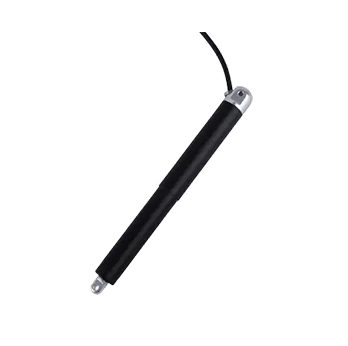 DDTG-16 Micro Tubular Linear Actuator
DDTG-16 Micro Tubular Linear Actuator
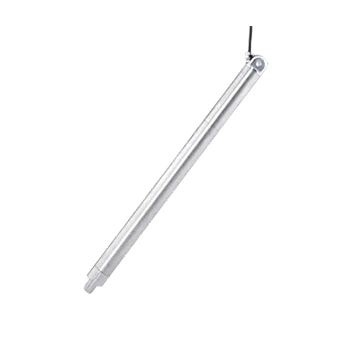 DDTG-28 Micro Tubular Linear Actuator
DDTG-28 Micro Tubular Linear Actuator
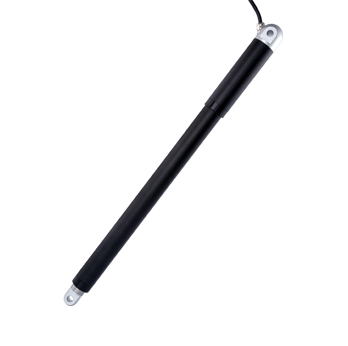 DDTG-38 Micro Tubular Linear Actuator
DDTG-38 Micro Tubular Linear Actuator

